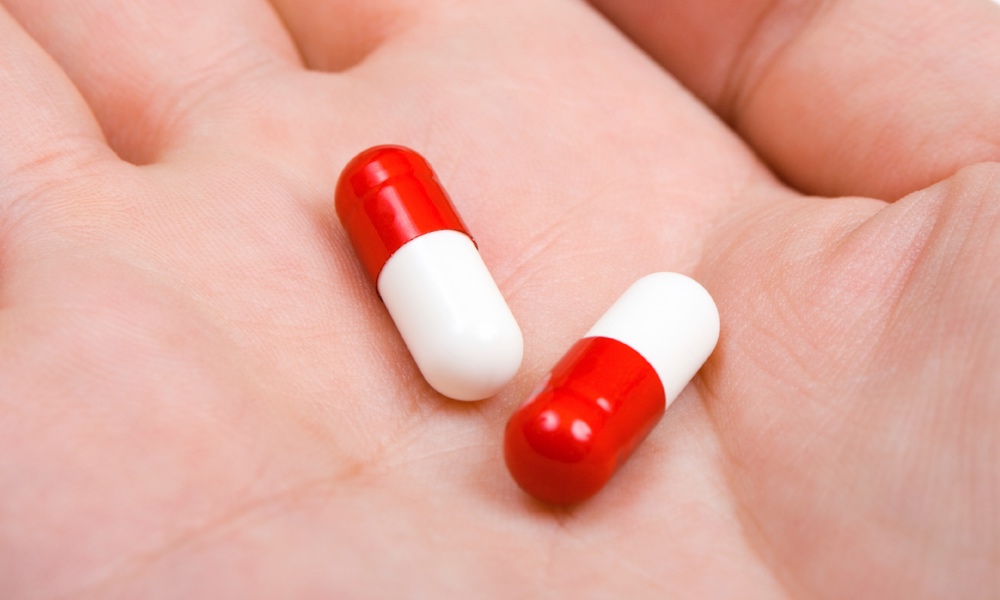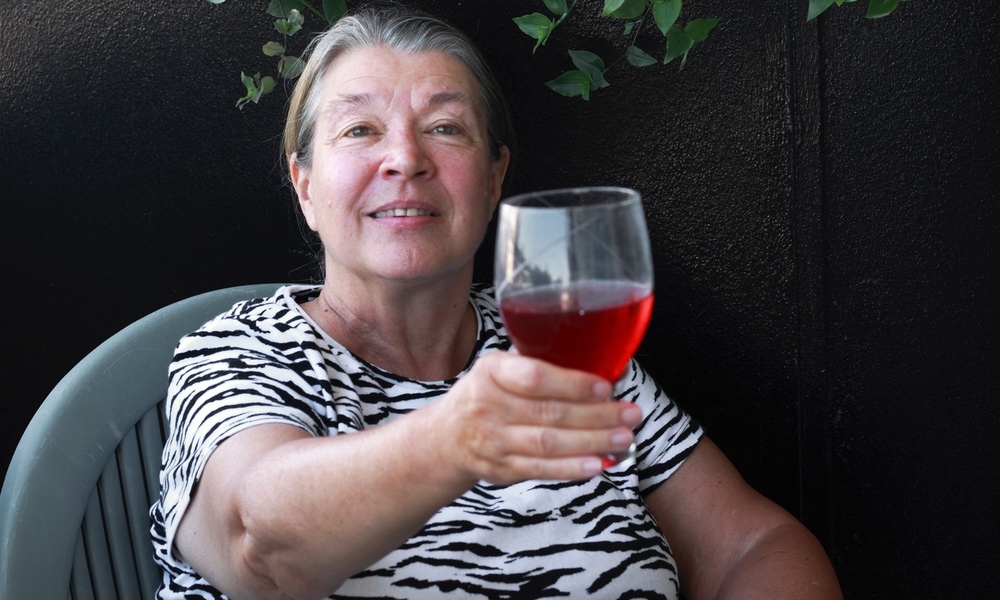Like the tanned look but afraid of the sun? According to a study from the UK, you can get healthier looking skin color just by eating vegetables, color that looks even nicer than a conventional suntan. It comes from vegetable pigments called carotenoids.
Many carotenoids are red, orange or yellow. These are found in high amounts in vegetables such as carrots and tomatoes and to a lesser degree in fruits such as apricots and mangoes. Because these pigments are fat soluble, some accumulate under the skin and alter skin color.
Taken together, these results suggest that carotenoid color made skin look healthier more than the tanned color caused by melanin did.
Carotenoids tend to make the skin yellower. The color change from suntan comes from an increase in skin melanin. Melanin makes the skin darker and also increases its yellowness.
In one study, Caucasian participants were allowed to change the coloration of 51 computerized photographs of Caucasian faces to make them look healthier. Some were allowed to alter the carotenoid color, some the melanin color, some were allowed to alter both. Those allowed to change only one color raised it, raising carotenoid color more than melanin color. For those allowed to change both colors, all raised carotenoid color while about two-thirds raised melanin color.
Taken together, these results suggest that carotenoid color made skin look healthier more than the tanned color caused by melanin did.
In a similar study, 32 Caucasian UK residents and 31 Black South Africans were told to alter computerized photographs of faces of their own ethnicity to make them appear healthier. Both groups increased skin yellowness and, to a lesser degree, skin lightness of the photographs, once again preferring carotenoid color to melanin.
In the third study, the researchers compared participant skin color to the amount of fruit and vegetables they reported eating. A second group of participants took beta-carotene supplements for eight weeks, 15 mg per day. Those who reported eating the most fruits and vegetables, along with those who took the beta-carotene supplements had the most yellow pigment in their skin, showing that carotenoid consumption actually increases skin yellowness.
Dr. Jean Swearingen, the University's director of student medical services, concurs: "Basically, you get the yellow-orange tint to the skin when you have an overload of beta-carotene, so that it deposits in the skin and other tissues. It might look healthier to a point, but if you have that much of a glow, it’s really a sign that you are getting too much of a good thing."
Considering that the typical U.S. diet tends to have too few vegetables rather than too many, it's not likely that many people would be harmed by adding a few extra carrots to their diet. The ill effects of overexposure to the sun are quite well known.
An early version of an article detailing the studies was published online by the journal Evolution and Human Behavior December 24, 2010. The final article will appear in a future print issue of the journal.
Ian Stephen, PhD, is an assistant professor of psychology at the School of Psychology, University of Nottingham, Malaysia Campus and a researcher at the University of Bristol.




